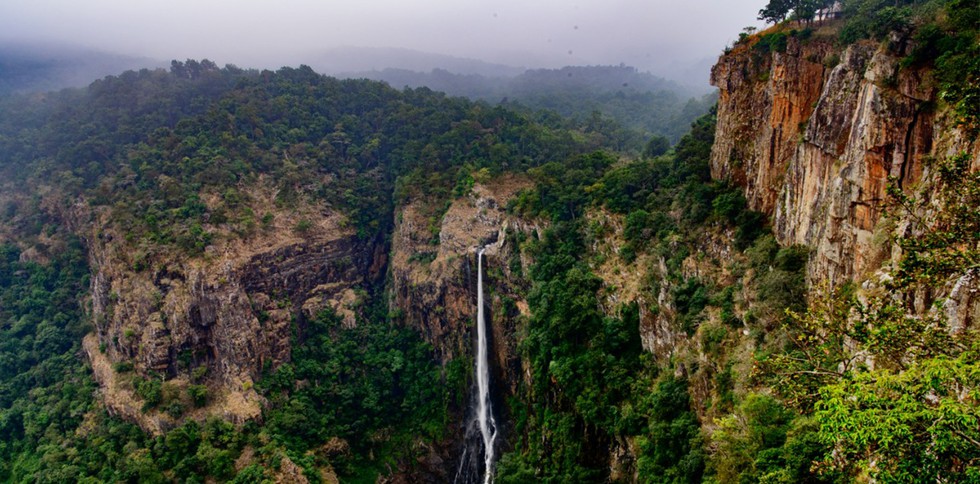About Similipal Tiger Reserve (STR):
- It is located within the Mayurbhanj District, in the northernmost part of Odisha.
- Situated in the Deccan Peninsular Bio-geographic Zone, it harbours a unique blend of Western Ghats, Eastern Ghats, and eastern Himalayan biodiversity.
- It is spread over 2750 sq.km. and has some beautiful waterfalls like Joranda and Barehipani.
- It comes under the Mayurbhanj Elephant Reserve that includes the adjacent Hadgarh and Kuldiha Wildlife Sanctuaries.
- It is surrounded by high plateaus and hills, the highest peak being the twin peaks of Khairiburu and Meghashini (1515 m above mean sea level).
- The terrain is mostly undulating and hilly, interspersed with open grasslands and wooded areas.
- History and Current Status:
- Declared a Tiger Reserve in 1956 and included under Project Tiger in 1973.
- Recognised as part of the World Network of Biosphere Reserves by UNESCO in 2009.
- Drainage:
- At least twelve rivers cut across the plain area, all of which drain into the Bay of Bengal.
- The prominent among them are Burhabalanga, Palpala Bandan, Salandi, Kahairi, and Deo.
- It is also home to various tribes, including Kolha, Santhala, Bhumija, Bhatudi, Gondas, Khadia, Mankadia, and Sahara.
- Vegetation: The vegetation is a mix of different forest types and habitats, with Northern tropical moist deciduous dominating some semi-evergreen patches.
- Flora:
- The floristic composition indicates a connecting link between South Indian and North Eastern Sub-Himalayan Species.
- Sal is the dominant tree species
- The park also has extensive grasslands that are grazing grounds for many of the herbivores.
- These forests boast of many plants that have medicinal and aromatic properties.
- Fauna:
- It is known for the tiger, elephant, and hill mynah.
- It holds the highest tiger population in Odisha.
- Apart from the tiger, the major mammals are the leopard, sambar, barking deer, gaur, jungle cat, wild boar, four-horned antelope, giant squirrel, and common langur.
